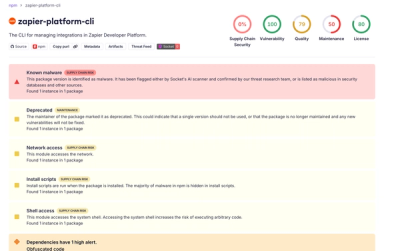Cross Chain Subgraph for NXTP
The subgraph adapter has been built on top of the graphclient. This basically works in cross-chain mode right now and uses highestValue strategy, but we will integrate the most-synced strategy once they get it released here.
Cross Chain Mode
There are several use cases graphclient can support for cross chain mode. See more details here.
- Use-case 1: Subgraphs are managed separately and prefixed
- Use-case 2: Merge responses
- Use-case 3: Merge root-operation, while
union the responses
Cross chain mode has been implemented in the adapter using use-case 1. So in this scenario, developers need to prefix each schema types while being compose, at the level of each source:
sources:
- name: Connext_Kovan
handler:
graphql:
endpoint: https://api.thegraph.com/subgraphs/name/connext/nxtp-amarok-runtime-v0-kovan
transforms:
- prefix:
value: kovan_
includeRootOperations: true
ignore:
- _SubgraphErrorPolicy_
- name: Connext_Rinkeby
handler:
graphql:
endpoint: https://api.thegraph.com/subgraphs/name/connext/nxtp-amarok-runtime-v0-rinkeby
transforms:
- prefix:
value: rinkeby_
includeRootOperations: true
ignore:
- _SubgraphErrorPolicy_
The merged schema allows users to execute a cross-chain query through multiple chains at the same time and parse responses.
query something($t: String) { # you can even pass the same GraphQL variable, into multiple GraphQL field arguments
kovan_something(t: $t) {
id
}
rinkeby_something(t: $t) {
id
}
}
How to add a new subgraph
To add a new subgraph, you need to determine source name, endpoint and prefix first. After that, you can add a new source to .graphclientrc.yml and need to regenerate typescript types for schemas to be updated.
How to generate typescript types.
Whenever you add a new source in .graphclientrc.yml or there is an update in subgraph schema, you need to rebuild graphclient. Before building a graphclient, you must create .env file and set the following variables properly. To generate schemas for local subgraphs without running the graph nodes locally, we can use live endpoints like the following.
GRAPH_1337_ENDPOINT=https://api.thegraph.com/subgraphs/name/connext/nxtp-amarok-runtime-v0-rinkeby
GRAPH_1338_ENDPOINT=https://api.thegraph.com/subgraphs/name/connext/nxtp-amarok-runtime-v0-rinkeby
yarn workspace @connext/nxtp-adapters-subgraph build-client
This basically fetches the schemas from endpoints and creates typescript-based entities which are prefixed.



